Price check on 4 unit installation
David Beatty
6 years ago
Featured Answer
Sort by:Oldest
Comments (29)
sktn77a
6 years agoDavid Beatty
6 years agoRelated Discussions
Reality check on installation of antique heart pine installation
Comments (9)I purchased just over 3000 sq ft of reclaimed heart fine flooring from an established mill dealing only in reclaimed wood. Before I made the purchase, I spoke with virtually every supplier of reclaimed heart pine and obtained samples from most of them. Without question, the most desirable heart pine is the river heart pine which is milled from logs that have been retrieved from a watery grave, so to speak. River heart pine is outrageously expensive, easily upwards of $30 sq ft. Better grades of reclaimed heart pine are in the neighborhood of $20 sq ft. Except for reclaimed heart pine of questionable origin/grade, left-overs from larger runs or "engineered" wood, I haven't seen any in the $8 sq ft range. I would seriously question any supplier who claims to offer antique heart pine for that low price. As for installation and finishing, I quickly discovered that most flooring contractors will not touch reclaimed wood. Those that do charge the preverbial arm and leg. I used an installer recommended by the mill, and I absolutely regret having done so. The entire floor, all 3000+ sq ft, has to be completely refinished. I wrote about that debacle in a separate thread quite some time ago. Getting to the point, before you agree to the exceptionally steep price your contractor wants to supply/install/finish antique heart pine, talk with Tim at Timberknee in Vermont. Unwilling to repeat my prior mistake with reclaimed heart pine, I recently ordered 440 sq ft of 5" country cherry for my kitchen. The flooring contractor just gave me an estimate of $1125 to install and $1031 to finish using 3 coats of polymerized tung oil from a vendor recommended by Tim at Timberknee. As for the cherry itself, it runs about $8-9 a sq ft. That, at least, is my recollection. More to think about, but I encourage you to think about it. You can get the look without the expense or, perhaps more importantly, the disappointment due to the difficulty of working with reclaimed wood. WmWalker Here is a link that might be useful: Timberknee Flooring...See MoreTrane AC Unit Installation Pricing Feedback Wanted
Comments (1)NJ has its own special pricing absurdity. The system quoted is low end and would be considered a high price in my location/market. Tell us about your existing furnace; size, brand, model, age, efficiency. I would be very curious why dealer told you a new condenser with matching coil could not be added to your working furnace. You need another quote. IMO...See MoreLennox XC14 price check
Comments (5)I am located in Philadelphia. PECO is service provider. Looks like .15 kWh fully loaded with all charges (gen, disty, etc.) They did quote the AC w/Heat Pump at $6600 so around $1200 delta. I was trying to recall the conversation but I'm thinking I showed my pleasure with the first number before getting the full system number and may have set myself up for a bump in price. At any rate, have a 3rd quote coming in today and need to make a call this week. Leaning towards the full system XL16i. I will likely try and beat them up a bit or ask to move the thermostat to the ComfortLink II at same price. I know thats overkill but kind of like the "future proofing" and I'm a technology guy to boot. Again, appreciate the feedback. SO happy I didn't panic and rush on the first quote. Going to suffer a tad in the heat but well worth it....See MoreAmerican Standard Packaged Unit Mod. 4YCY4(4 ton)
Comments (0)I've been quoted an installed price of about $8500 which includes removal of the existing 13 year old unit. Price still sounds high to me. Any comments?...See Moretigerdunes
6 years agoDavid Beatty
6 years agoDavid Beatty
6 years agotigerdunes
6 years agoDavid Beatty
6 years agoweedmeister
6 years agomike_home
6 years agoAustin Air Companie
6 years agoDavid Beatty
6 years agomike_home
6 years agosktn77a
6 years agoDavid Beatty
6 years agofreeoscar
6 years agotigerdunes
6 years agoDavid Beatty
6 years agoDavid Beatty
6 years agoAustin Air Companie
6 years agolast modified: 6 years agomike_home
6 years agoAustin Air Companie
6 years agolast modified: 6 years agoUser
6 years agosktn77a
6 years agolast modified: 6 years agoAustin Air Companie
6 years agolast modified: 6 years agosktn77a
6 years agolast modified: 6 years agoAustin Air Companie
6 years agoudarrell
6 years agoionized_gw
6 years ago
Related Stories

MATERIALSThe Most Popular Roofing Material is Affordable and Easy to Install
Asphalt shingles, the most widely used roof material in the U.S. are reliable and efficient, and may be right for you
Full Story
BATHROOM DESIGNShould You Install a Urinal at Home?
Wall-mounted pit stops are handy in more than just man caves — and they can look better than you might think
Full Story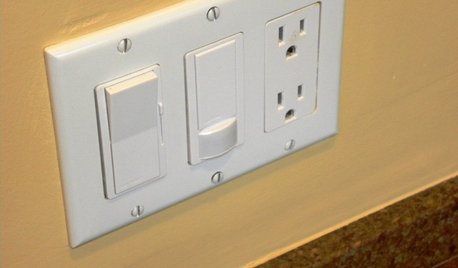
GREAT HOME PROJECTSHow to Install a Dimmer Switch
New project for a new year: Take control of your lighting to set the right mood for entertaining, dining and work
Full Story
GARDENING GUIDESHow to Install a Drip Irrigation System
Save time and water with a drip watering system in your vegetable garden — a little patience now will pay off later
Full Story
REMODELING GUIDESContractor Tips: How to Install Tile
Before you pick up a single tile, pull from these tips for expert results
Full Story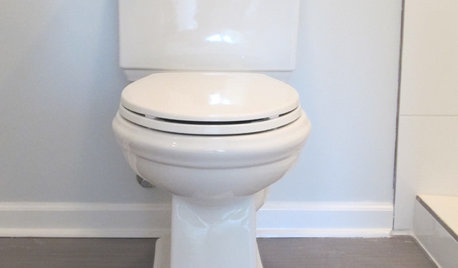
BATHROOM DESIGNHow to Install a Toilet in an Hour
Putting a new commode in a bathroom or powder room yourself saves plumber fees, and it's less scary than you might expect
Full Story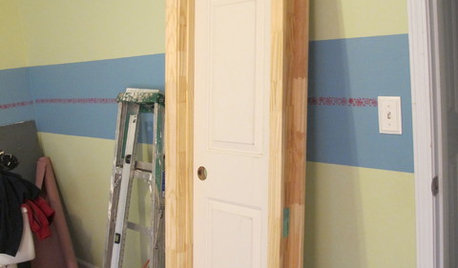
REMODELING GUIDESDIY: How to Install a Door
Homeowners who aren't afraid of nail guns can tackle their own pre-hung door project in a couple of hours
Full Story
GREAT HOME PROJECTSHow to Install Energy-Efficient Windows
Learn what Energy Star ratings mean, what special license your contractor should have, whether permits are required and more
Full Story
FENCES AND GATESHow to Install a Wood Fence
Gain privacy and separate areas with one of the most economical fencing choices: stained, painted or untreated wood
Full Story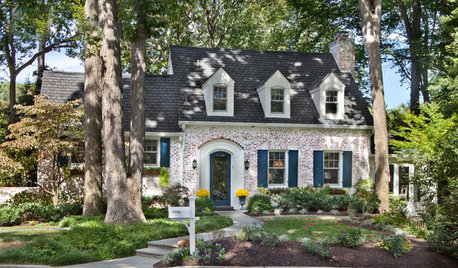
REMODELING GUIDESFinish Your Remodel Right: 10 Tasks to Check Off
Nail down these key details to ensure that everything works properly and you’re all set for the future
Full Story



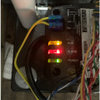
rmfgames